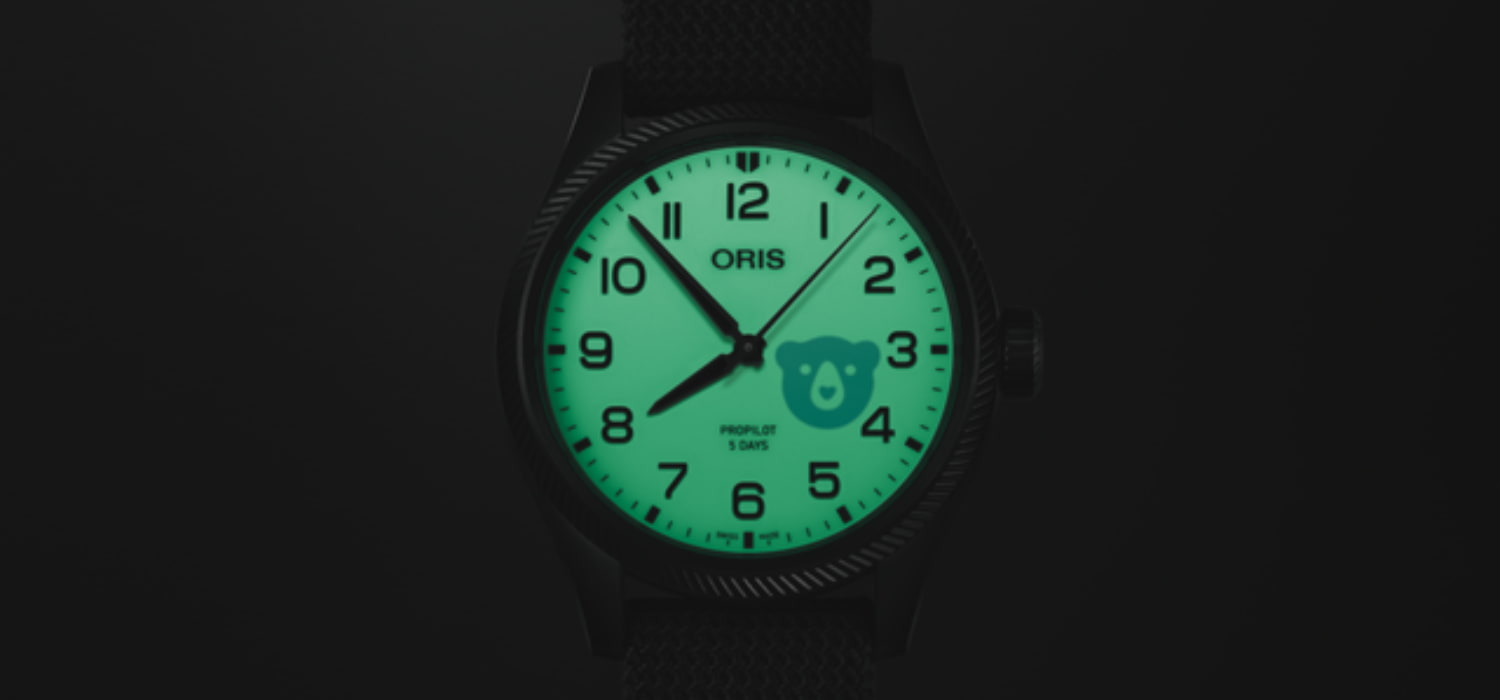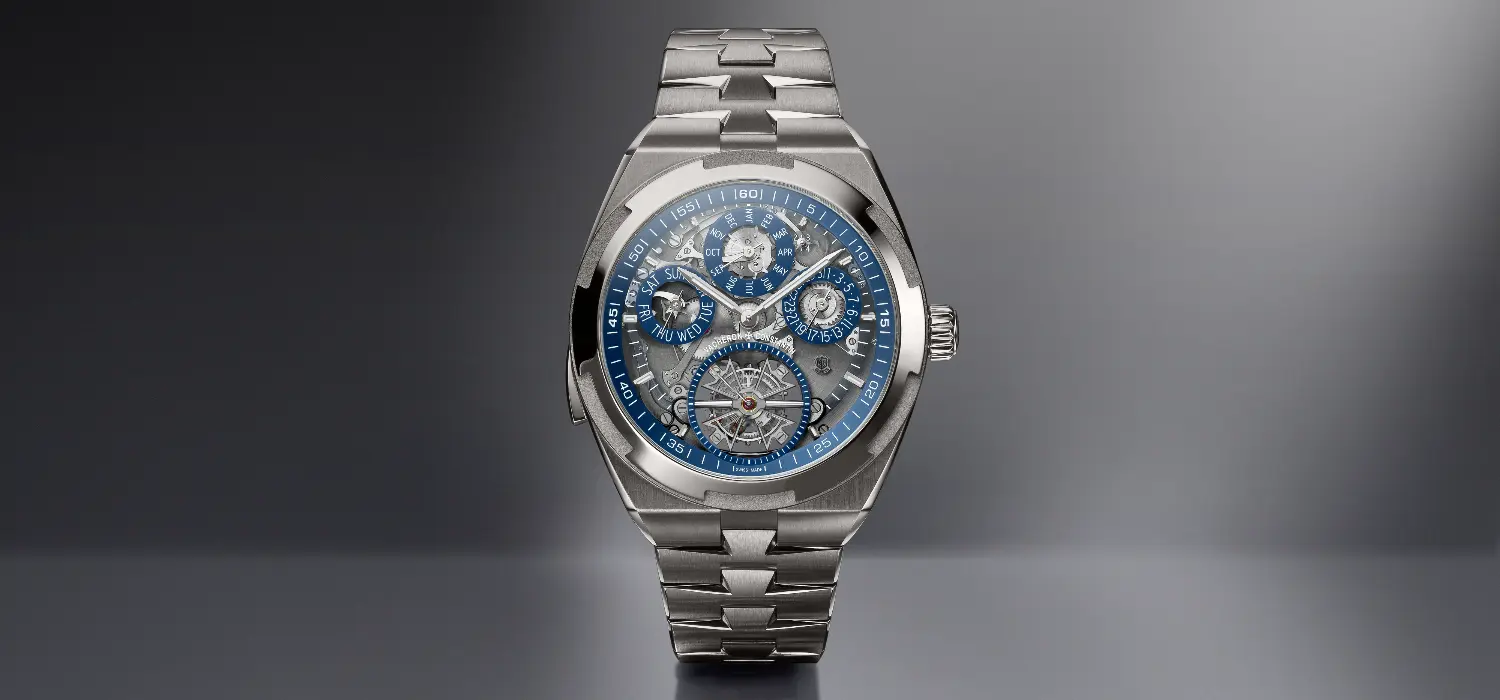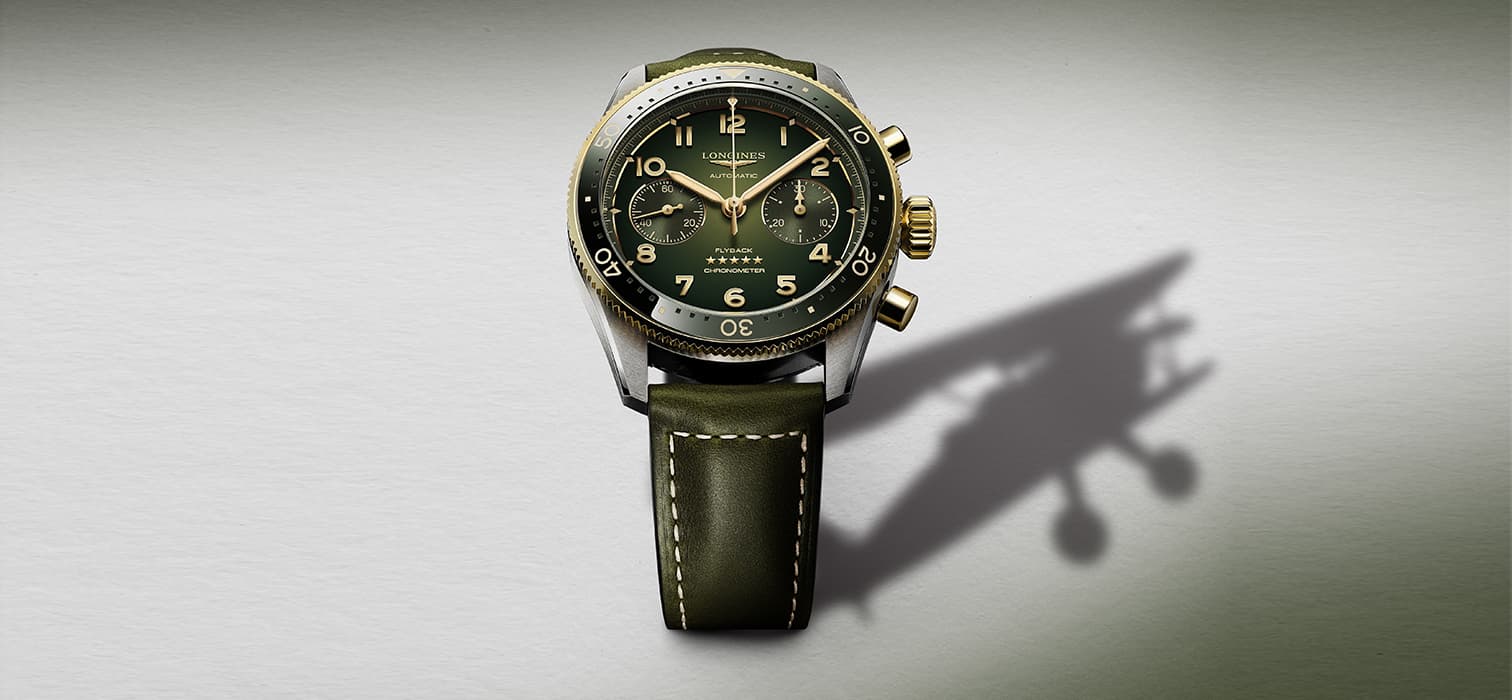
Step back in time to the early 1900s, a period when the vast expanse of the sky was being unlocked, and aviation milestones were set one after another. Guiding this remarkable era was none other than the precision mechanics of Longines.
As the first quarter of the 20th century unfolded, humanity’s fascination with flight took off. What began with the Wright Brothers’ pioneering experiments in 1903 soon led to the first paid passenger flight between St. Petersburg and Tampa in 1914. The post-war era saw aviation evolve at lightning speed, with both military and civilian planes soaring through the skies, and pilots trained en masse during World War I.
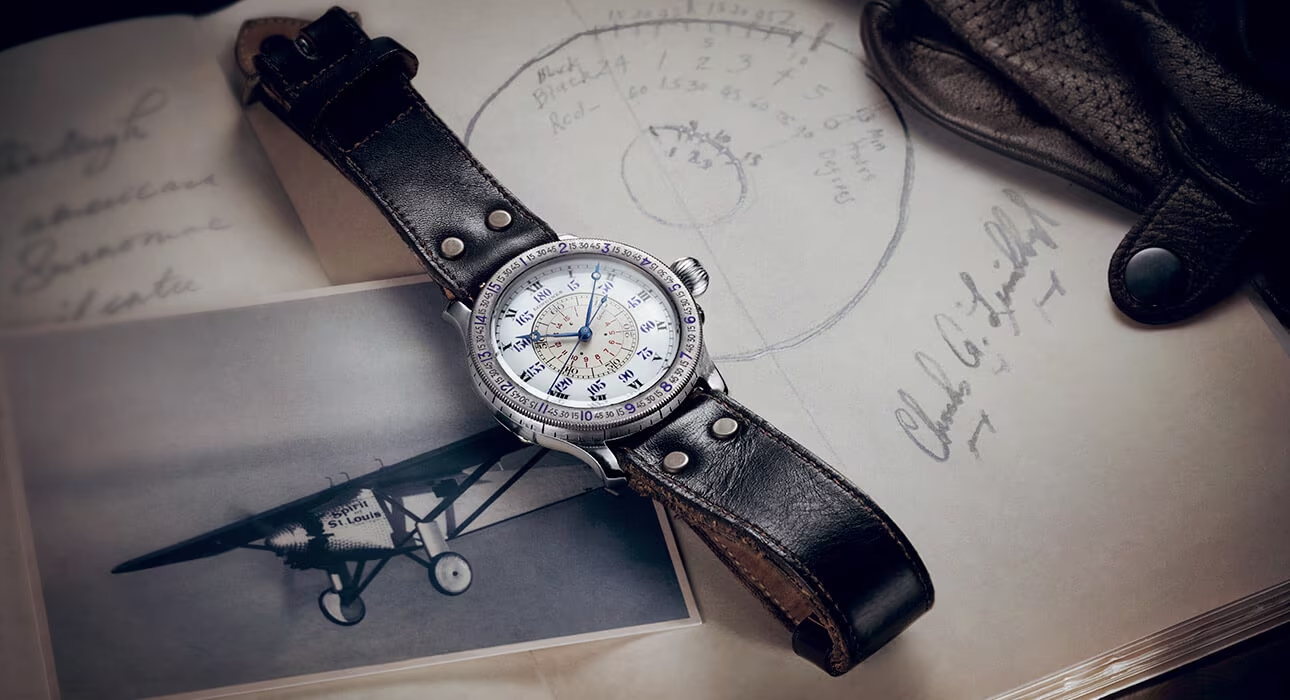
Among the daring aviators of this time, one name shines bright—Charles Lindbergh. Nicknamed the “Lone Eagle” or “Lucky Lindy,” Lindbergh made history in 1927 when he flew solo across the Atlantic in just 33.5 hours. His groundbreaking flight condensed the once-days-long journey into mere hours, and he did it alone.
This historic feat was timed by none other than Longines, a watchmaker from Saint-Imier, Switzerland. With their exceptional craftsmanship, Longines became part of aviation’s most thrilling chapter, measuring Lindbergh’s success on behalf of the Fédération Aéronautique Internationale (FAI).
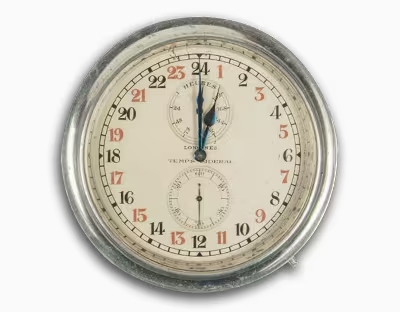
In the 1930s, Longines’ connection to aviation was solidified through John P. V. Heinmuller, the head of the company’s U.S. distributor and an avid pilot himself. Heinmuller, who set flight records in the 1920s, had firsthand knowledge of what pilots needed from a wristwatch. His close ties with aviators played a key role in strengthening Longines’ presence in the world of aviation.
One of the earliest aviators to use a Longines watch during a record-breaking flight was Swiss pilot Walter Mittelholzer. He relied on a Longines in-flight chronometer for his four-week expedition in the winter of 1924-25. When Australian pilot Charles Kingsford Smith made his historic transpacific flight in 1928, Longines once again kept time. In fact, the brand served as the official timekeeper for over 30 record-breaking flights leading up to the Second World War.
Longines Watches Stand by Women Pilots
Longines was also a trusted companion for pioneering female pilots. Amelia Earhart sported a Longines watch in 1928 when she became the first woman to cross the Atlantic as a passenger. She wore the same watch in 1932 when she achieved another milestone, becoming the first woman to fly solo nonstop across the Atlantic, from Canada to Northern Ireland, in under 15 hours.
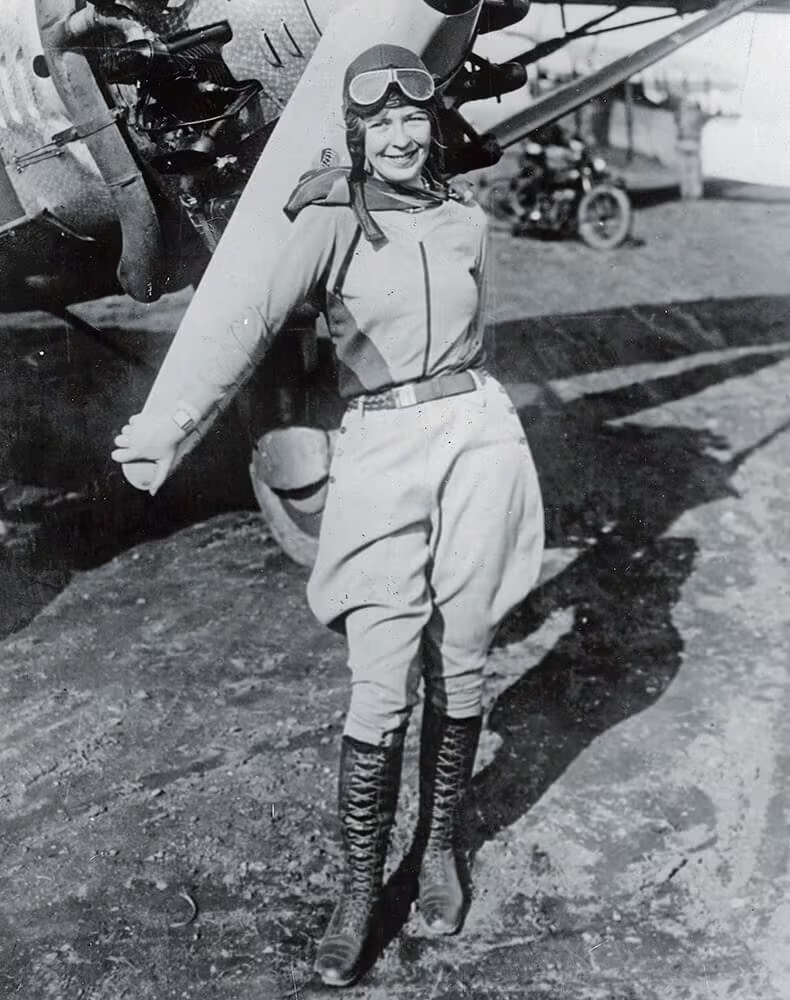
Another record-breaking female pilot, Elinor Smith, reached an altitude of 27,418 feet in 1930, a height no pilot had ever achieved before. Accompanying her on this record-breaking journey were her Longines watches. Afterward, she sent a letter of gratitude to the brand, stating: “It gives me great pleasure to present to you the new altitude record achieved with Longines watches, which have always worked flawlessly.”
In 1932, British pilot Amy Johnson set a remarkable record, flying from England to Cape Town in just 4 days, 6 hours, and 54 minutes, with a Longines watch featuring an internal rotating bezel on her wrist. Similarly, Ruth Nichols, the first female pilot to break world records in speed, altitude, and distance in a single flight, was also accompanied by Longines during her milestone achievements.
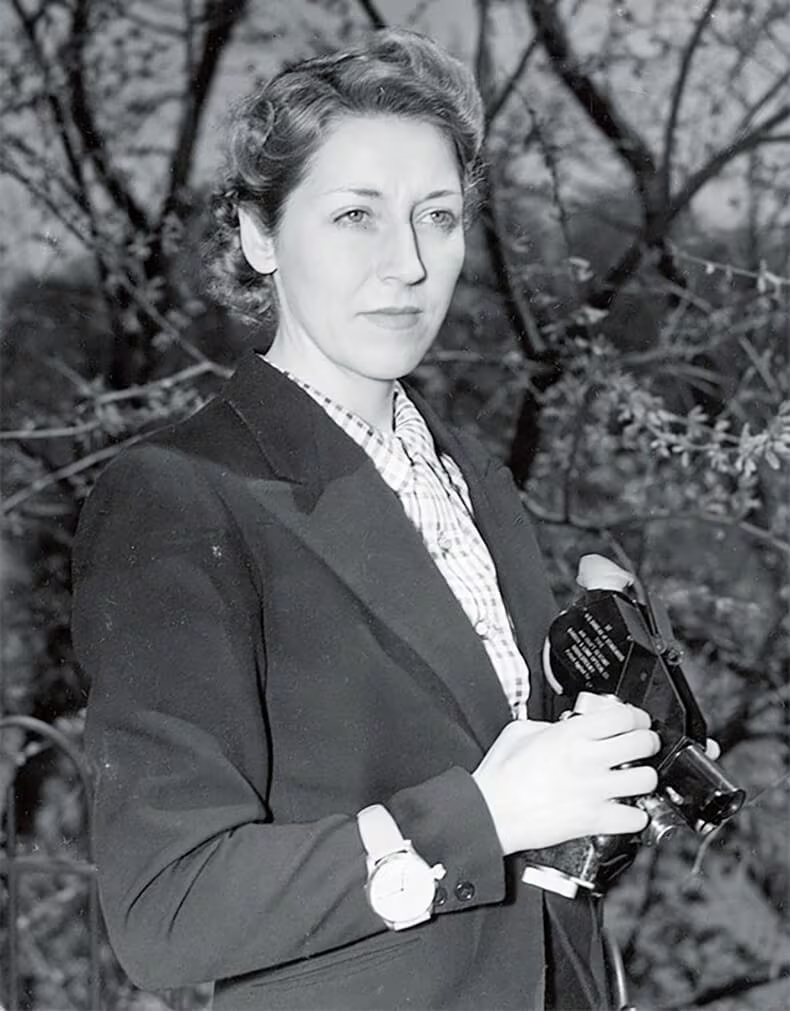
A Trusted Companion in the Sky: Longines
The 1920s and 1930s were a period of rapid growth in aviation, and Longines was right there with pilots, introducing one innovation after another. These pioneering decades saw the birth of the Spirit collection, inspired by the brand’s first dual time-zone wristwatch, produced in 1925. The Zulu flag on the dial paid homage to Zulu time, the standard for universal time used by aviators.
The iconic Longines watches that accompanied many of the historic flights of this era, such as the Hour Angle models designed in collaboration with Weems and Charles Lindbergh, were also released during these years. In 1936, Longines made another breakthrough by patenting the caliber 13ZN with a flyback chronograph, marking the beginning of the brand’s long-standing legacy in aviation.
Longines made waves in the 1920s with the invention of the flyback function, a watch complication that transformed the way time intervals were measured. Unlike traditional chronographs, where you must stop, reset, and restart the second hand, the flyback function allows for seamless timing. With a single push of a button, the hand instantly returns to zero and resumes measuring, ensuring uninterrupted precision for consecutive time intervals.
A Modern Twist on Heritage: The Longines Pilot Majetek Pioneer
The Longines Majetek, an iconic timepiece first introduced in 1935, was a standout for its anti-magnetic and shock-resistant stainless steel case, measuring 40mm in diameter. From 1935 to 1948, this robust watch was equally valued in military gear and civilian life. Earlier this summer, Longines reimagined this historic model with a modern twist: the Pilot Majetek Pioneer series.
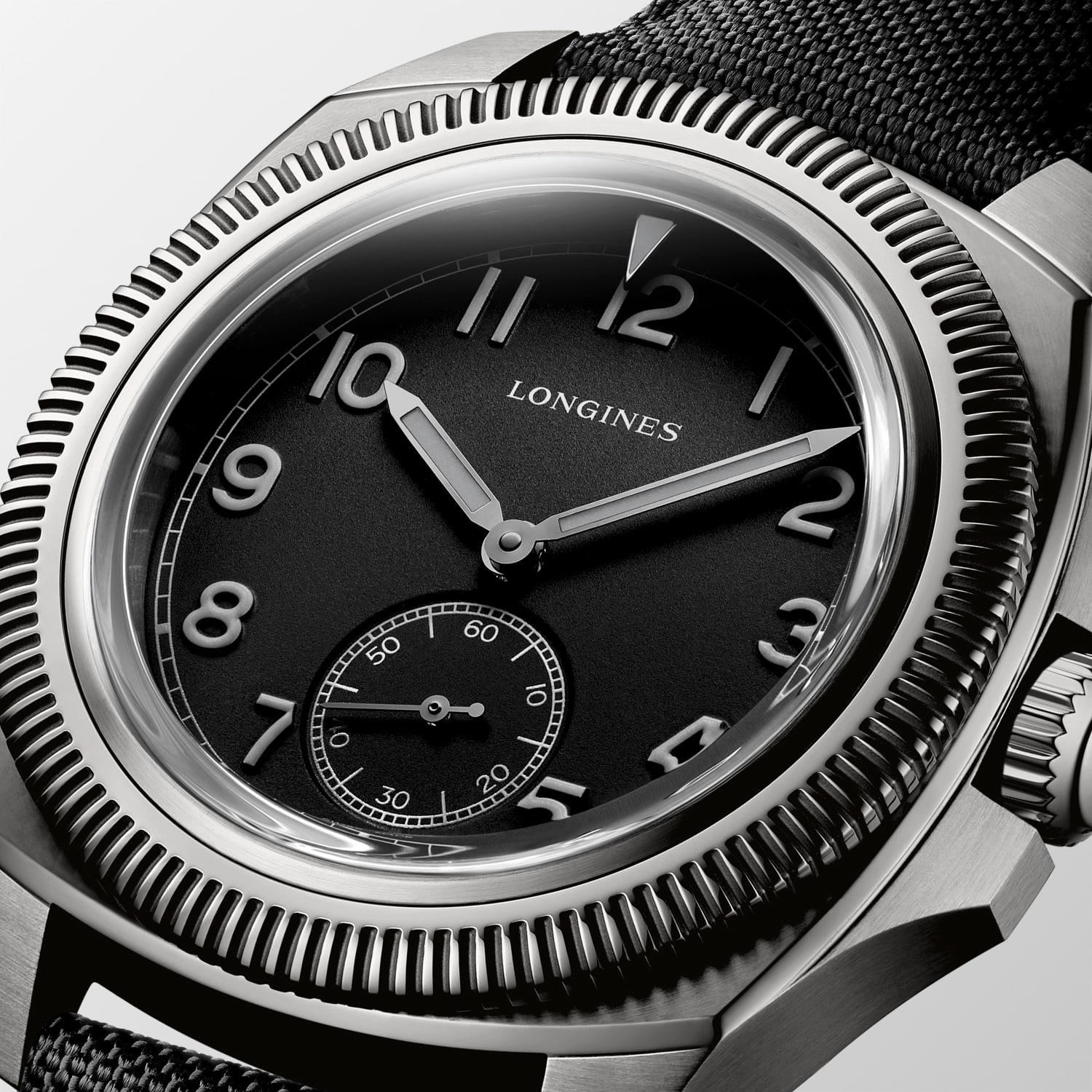
Limited to just 1,935 pieces in honor of the original Majetek’s birth year, the Pilot Majetek Pioneer series features a distinctive cushion-shaped case and a bidirectional rotating bezel. The matte black dial, paired with gray Arabic numerals coated in Super-LumiNova, creates a striking look. A small seconds dial at 6 o’clock serves as a subtle reminder that you’re wearing a piece of aviation history on your wrist.
The Longines Pilot Majetek Pioneer series features a robust 43mm grade 5 titanium case, paired with a sleek black fabric strap. Inside, the automatic caliber L893.6 movement powers the watch, offering a COSC-certified 72-hour power reserve for reliable performance.
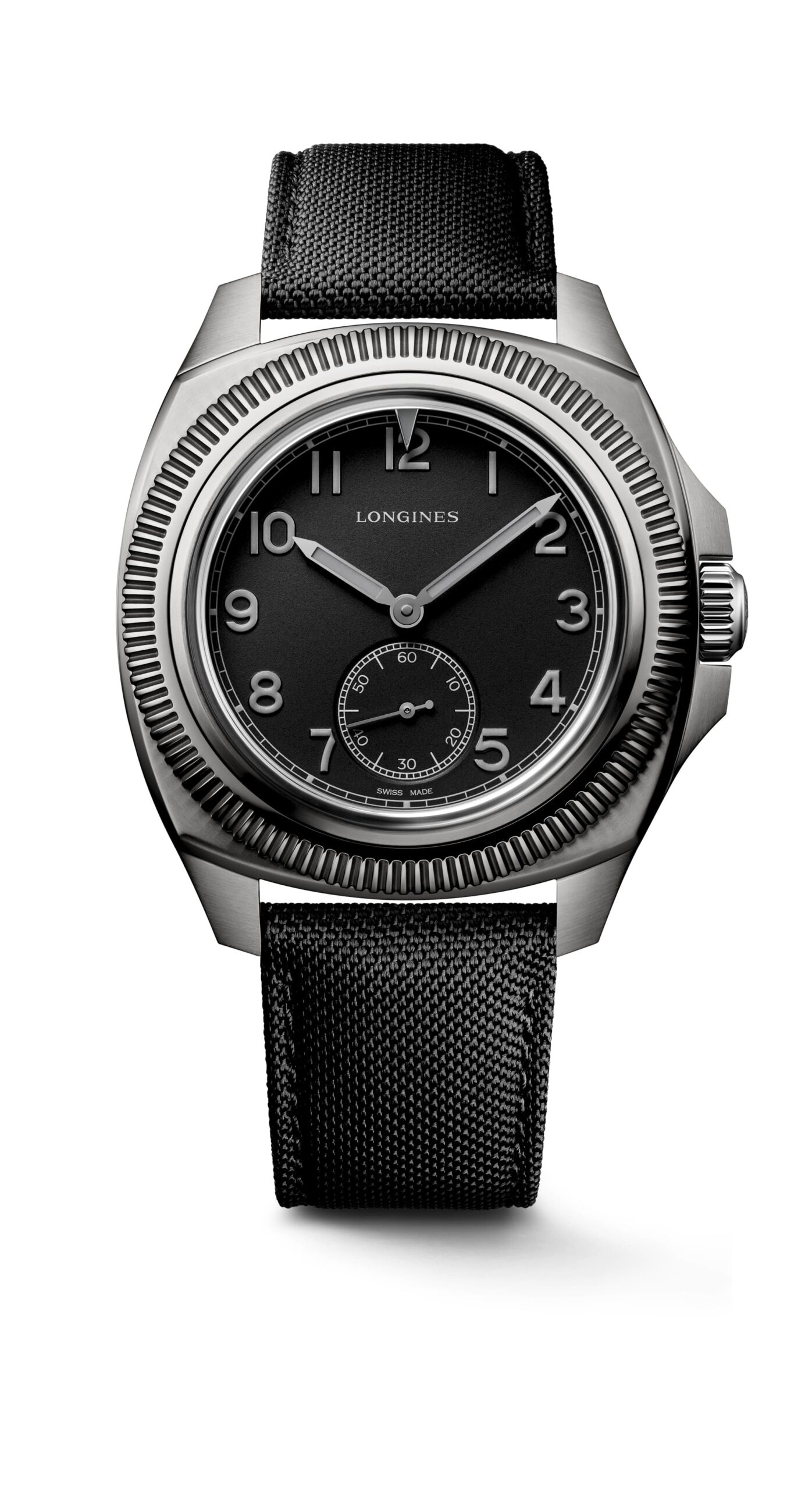
A signature feature is the Start Time Indicator on the rotating bezel, which marks departure times and accurately calculates flight durations—another innovation credited to Longines, much like their famed flyback function.
Spirit Zulu Time and Spirit Flyback: A Nod to Heritage
As summer drew to a close, Longines expanded its Spirit collection, drawing inspiration from the brand’s rich heritage dating back to the early 1900s. Among the new releases, the Longines Spirit Flyback immediately caught attention with its luxurious design and elegant color palette.
Available in sophisticated brown or green tones, the 42mm stainless steel case is accented by 18K yellow or rose gold details. The green dial features a crown and pushers in 18K yellow gold, while the brown dial comes with 18K pink gold accents. Arabic numerals and SuperLuminova-coated hands and numerals in gold ensure optimal visibility. The dial also includes a 30-minute counter at 3 o’clock and a small seconds sub-dial at 9 o’clock, providing both elegance and functionality, whether in the air or on the ground.

At the heart of the Longines Spirit Flyback is the caliber L701.4, a COSC-certified movement with a flyback function and an impressive 68-hour power reserve. The iconic Longines sphere logo is engraved on the rotor and can be admired through the transparent caseback, a subtle nod to the brand’s heritage.
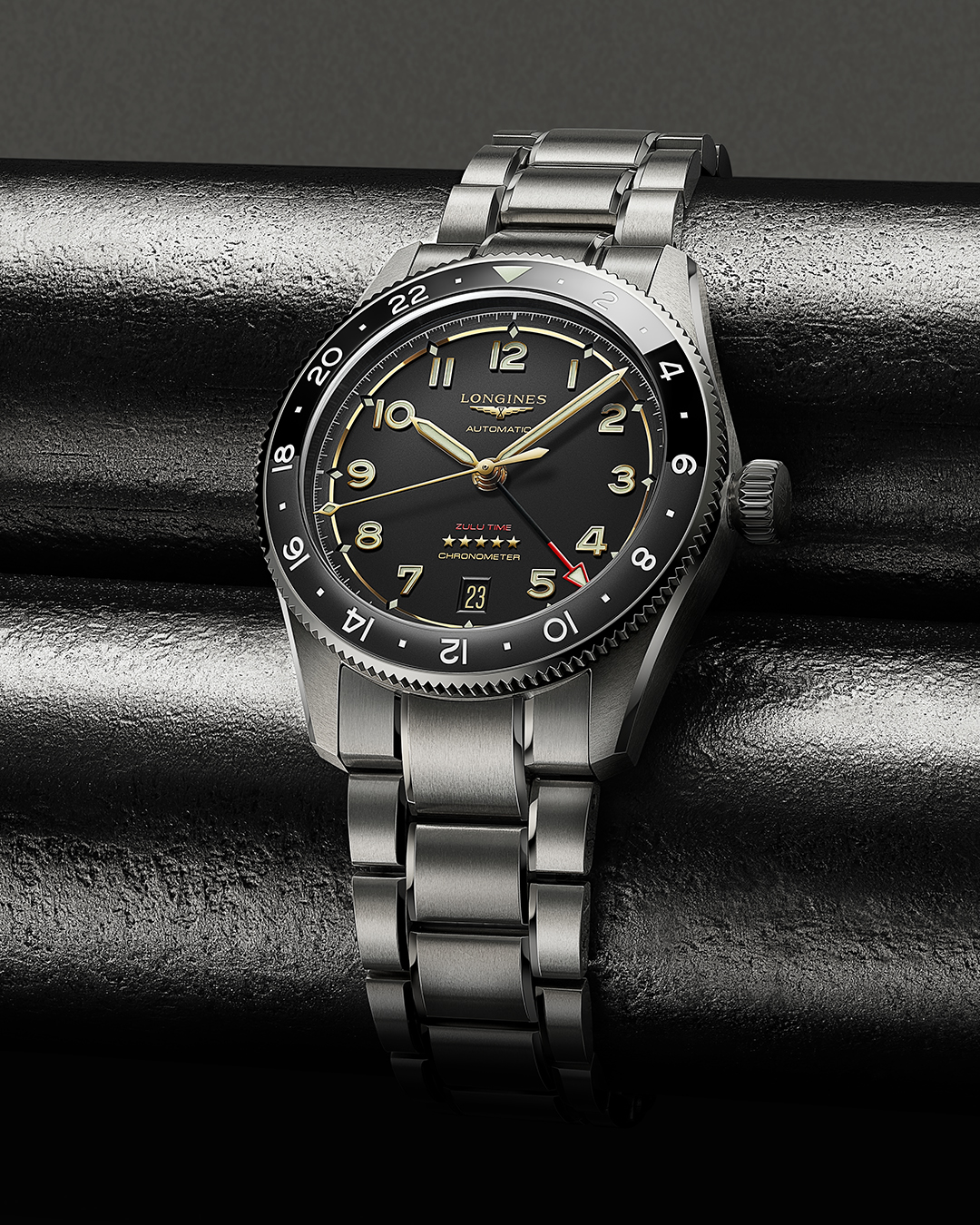
Another highlight this summer is the Spirit Zulu Time, housed in a Grade 5 titanium case, known for its durability and lightweight feel. With a 39mm diameter, this comfortable timepiece is powered by the caliber L844.4, a GMT movement offering ten times the magnetic resistance required by ISO 764 standards. Operating at 25,000 vibrations per hour, the movement boasts a 72-hour power reserve, ensuring reliable performance.
The GMT Legacy
Longines’ expertise in the GMT function traces back to 1911 when the brand patented its first pocket watch displaying two time zones. By 1925, Longines was producing wristwatches with a second time zone. The GMT function, which allows for tracking two time zones simultaneously, has since become one of Longines' defining innovations.
The anthracite dial is framed by a bidirectional bezel with a 24-hour indication. Super-LumiNova-coated Arabic numerals and gold-plated hands add a touch of sophistication, while the standout GMT hand, marked by a red arrow, steals the show. Just above the date window at 6 o’clock, “Zulu Time” is written in striking red, tying the design together with elegance.
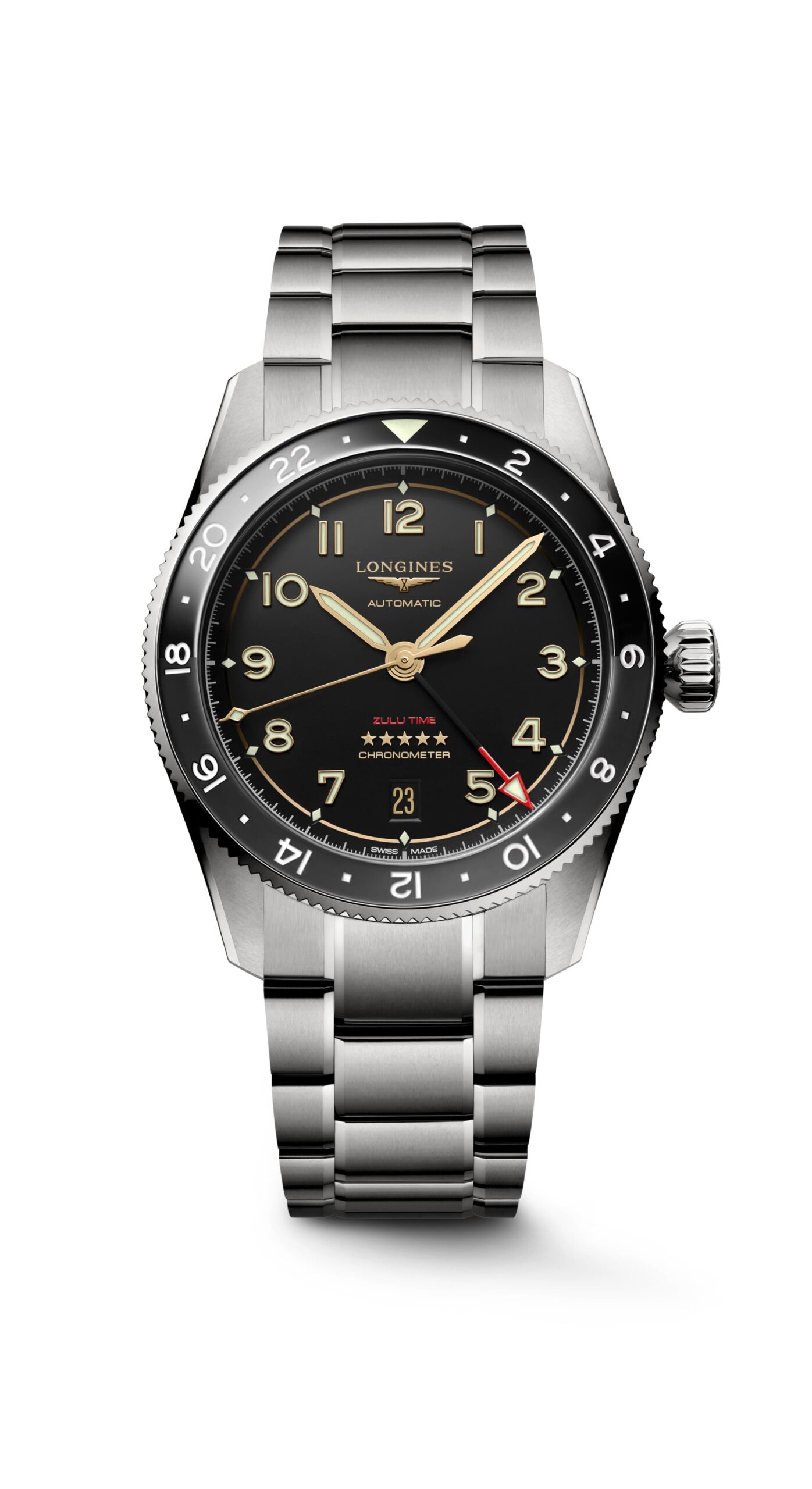
The bond between humanity and the sky is as magical as the connection between time and timepieces. What makes the journey even more exciting is the passion carried on your wrist—whether it’s the rugged charm of a Majetek with a black dial or the refined elegance of a Spirit Zulu Time.
For more information on the latest models, visit the brand’s website.
Next in Line: In the Air, on Land, and at Sea – Timeless Elegance with Longines Dolce Vita and Conquest Watches


